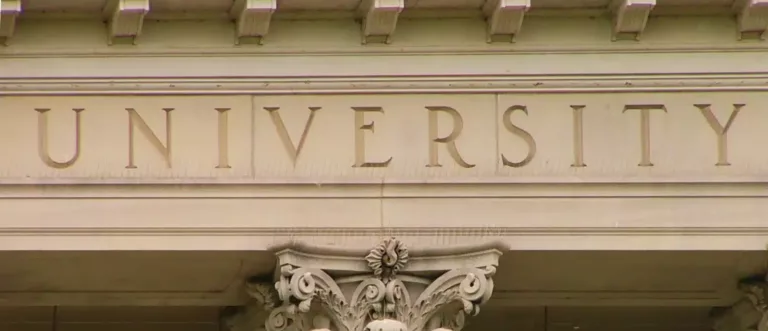
The process of applying to university can be a daunting one, but with careful planning and organization, it can be a smooth and manageable experience. For students in the United Kingdom, the UCAS (Universities and Colleges Admissions Service) application is the gateway to higher education. In this guide, we’ll walk you through the timeline to prepare and submit your UCAS application, ensuring that you don’t miss any crucial deadlines.
1. Year 12 (Lower Sixth): Early Preparation
Begin Early: Ideally, you should start thinking about your university choices and course interests in Year 12. Use this time to explore different subjects, attend open days, and gather information about universities.
Research: Begin researching universities and courses. Consider factors like location, course content, entry requirements, and student satisfaction.
Choose Courses and Universities: By the end of Year 12, you should have a list of potential courses and universities. It’s important to have a range of choices, including both aspirational and more attainable options.
2. Summer Before Year 13: Personal Statement Draft
Draft Personal Statement: Your personal statement is a critical part of your application. Spend your summer break drafting your personal statement, highlighting your academic achievements, extracurricular activities, and passion for your chosen course.
Seek Feedback: Share your personal statement with teachers, parents, or mentors for feedback. Revise and refine it based on their suggestions.
3. September to October (Year 13): UCAS Registration and Application
Register with UCAS: Create a UCAS account and fill out your personal information. You’ll receive a UCAS application number, which you’ll use throughout the application process.
Complete Application: Fill out your UCAS application, including your course choices and personal statement. Be sure to check entry requirements and deadlines for each course.
Teacher References: Request references from teachers or school staff. Give them plenty of time to write these, as they play a crucial role in your application.
4. November to December (Year 13): Submitting Your Application
Proofread and Review: Carefully proofread your application and make any necessary edits. Check that all your details are accurate.
Submit Application: Submit your UCAS application before the early deadline (usually in mid-October) if possible, as this increases your chances of receiving offers. The final deadline is typically in January.
5. January to June (Year 13): Waiting for Offers
Track Your Application: Use the UCAS Track system to monitor the progress of your application. You’ll receive conditional or unconditional offers from universities.
Reply to Offers: Once you receive offers, you must reply to them by the specified deadline. Choose a firm choice (your top preference) and an insurance choice (a backup option).
6. August (Year 13): Results and Confirmation
Results Day: On A-level results day in August, you’ll find out if you’ve met your conditional offers. If you have, congratulations! If not, there are Clearing options available.
Clearing: If you don’t meet your offers, you can enter Clearing to find alternative courses and universities.
7. September (Year 13): Starting University
Enrollment: Follow the enrollment instructions provided by your chosen university. This typically involves confirming your place, paying tuition fees, and arranging accommodation.
Prepare for University: Get ready for university life by organizing your belongings, reviewing course materials, and making the most of freshers’ week!
Conclusion:
Preparing and submitting your UCAS application is a significant milestone in your educational journey. By following this timeline and staying organized, you can increase your chances of securing a place at the university and on the course of your dreams. Remember to seek guidance from teachers, parents, and mentors throughout the process, and most importantly, stay motivated and committed to your academic and personal goals. Best of luck on your university journey!
